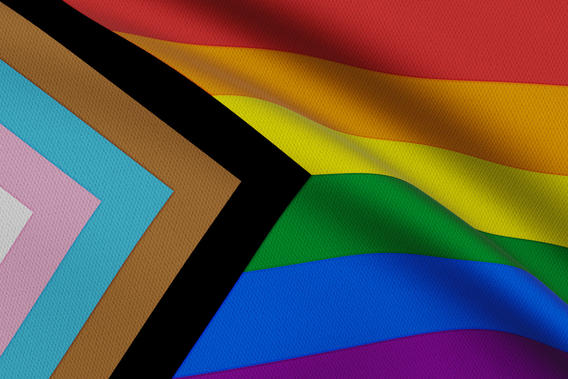
June is annually celebrated as LGBTQIA+ (lesbian, gay, bisexual, transgender, non-binary, queer or questioning, intersex, asexual and ally) Pride Month which recognizes and celebrates the community. Officially recognized in the US in 1994, The Pride celebrations this month are in honor of the Stonewall Uprising in New York City. The Stonewall Uprising took place in June 1969, when the New York City police raided the Stonewall Inn, a gay club located in Greenwich Village. Police roughly hauled employees and patrons from the bar, which led to violent protests and clashes in the street for six days. The Stonewall Uprising (or Stonewall Riots) was a turning point for visibility and activism in the US. It was, however, not the first time LGBTQIA+ individuals stood up against police harassment.
The LGBTQIA+ rights movement dates back to the 1920s. Henry Gerber, a former U.S. Army solder, upon returning to Chicago in 1924 formed the Society for Human Rights, the first gay rights organization in America which produced the Freedum and Friendship newsletter. Subsequently his house was raided, papers were confiscated, and he lost his job. The society fell apart but Gerber moved to New York City and began his activist work which he continued until his death in the 1970s.
In the early 1950s, the Mattachine Society was formed in southern california and quickly spread across the country. This society provided a space for gays and lesbians to gather and discuss their experiences. The organization may have been the first formal organization to declare homosexuals were an oppressed minority and anti-gay legislation in the U.S. should be overturned. However, in 1952, the “radical ideals” at the time were traded for more accomodationist views suggesting that homosexuals should adapt to, not combat, heterosexual lifestyles in order to to obtain equality. The organization subsequently dissolved in the 1960s when gay rights activism became more vigorous.
There were other organizations such as the Daughters of Bilitis in the 1950s and other riots, including the Cooper Do-Nuts Riot in Los Angeles in 1959 and the Compton’s Cafeteria Riot in 1966 that predate the Stonewall Uprising. These are all incredibly important parts of a story which started decades before and continues today.
On June 28, 1970, the one-year anniversary of the Stonewall Uprising, the first gay pride march was held and was officially referred to as Christopher Street Gay Liberation Day. Subsequent years' celebrations became scheduled for the last Sunday of every June and, as other cities adopted their own celebrations around that time, the entire month (and much of the summer) became dedicated to the struggle, triumphs, and general vibrancy of the LGBTQIA+ communities. Events have included parades, picnics, symposia, concerts, workshops, and memorials to honor those who have been lost to hate crimes or HIV/AIDs. In line with the spirit of the month, the College of Pharmacy wishes to express its appreciation for its members of the LGBTQIA+ communities and the rich contributions made thereof to the school, the university, and the field of pharmacy.